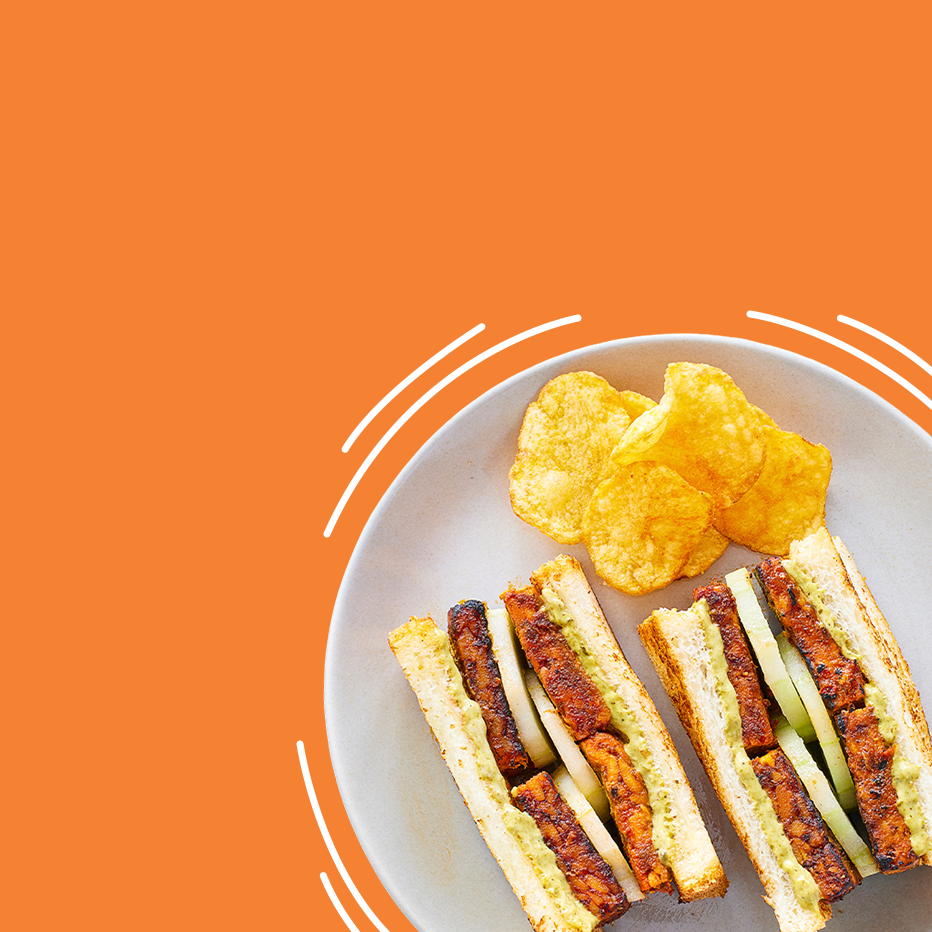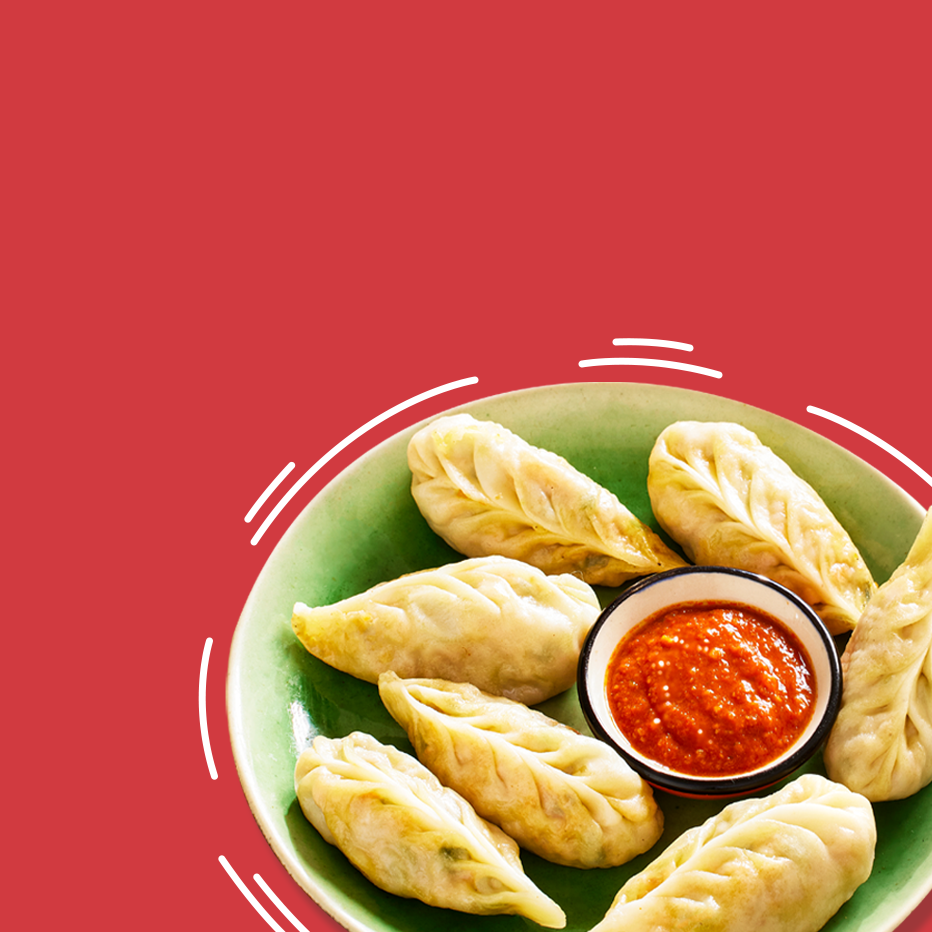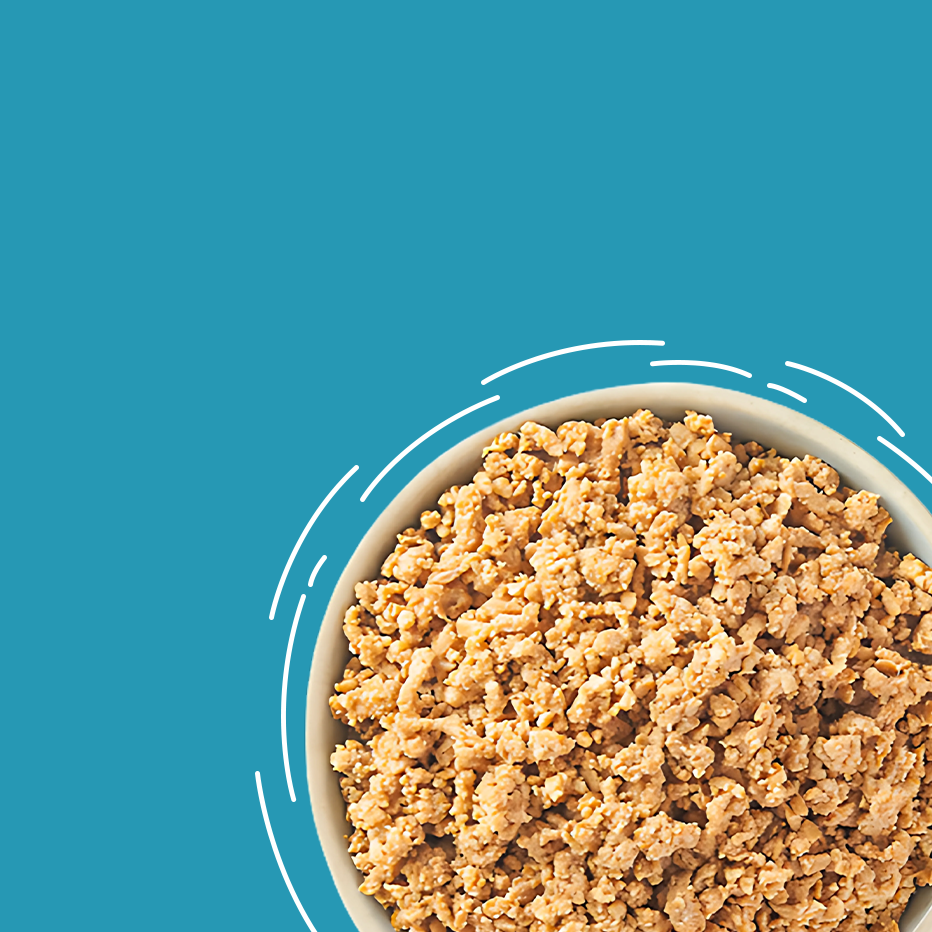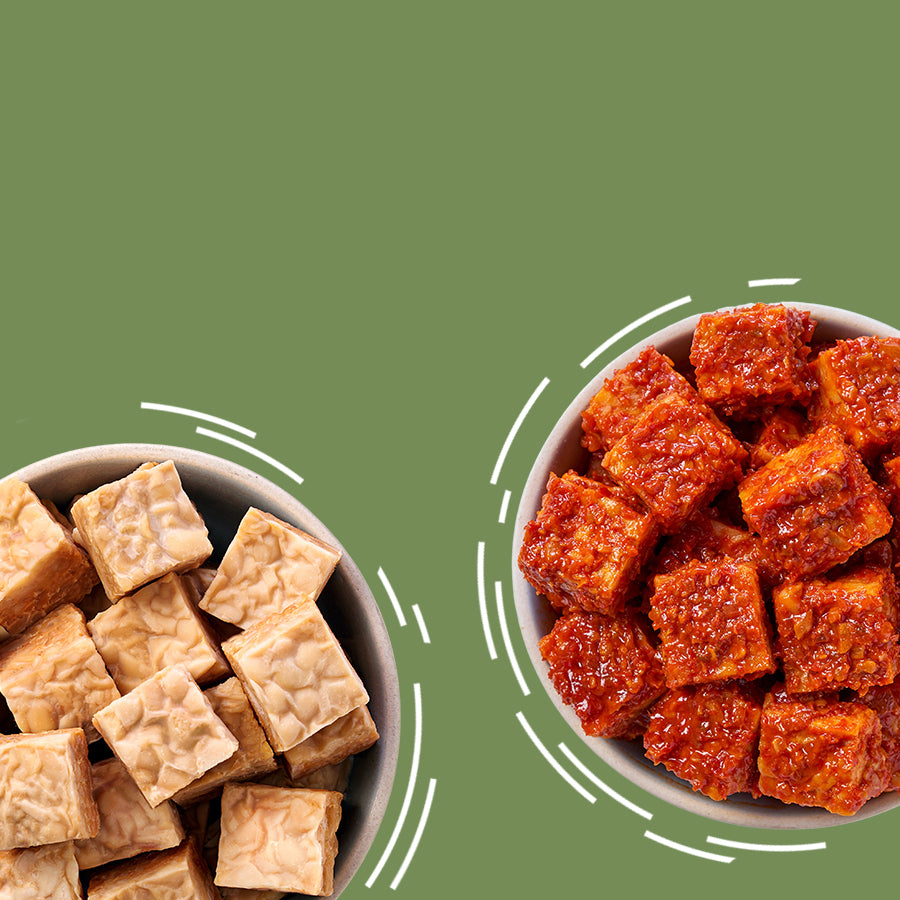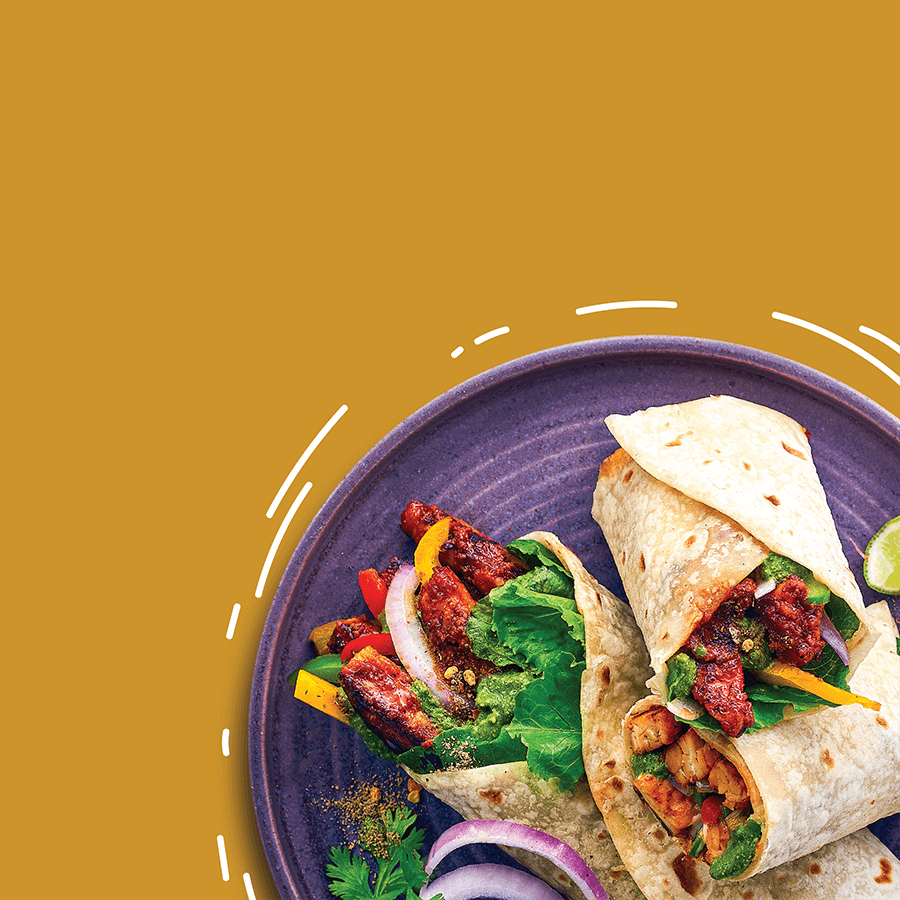All You Need To Know About Intermittent Fasting
Fasting has always been an integral part of human history. From the times of the hunter-gatherers when it was more of a compulsion than a dietary choice, fasting today has become an integral part of a healthy lifestyle. Intermittent fasting is one such practice that has become prevalent among fitness enthusiasts and individuals looking to live a healthy lifestyle.
So, what exactly is this dietary practice and how does it reap health benefits? Let us dig a little deeper and learn more about intermittent fasting, how it works, and what are some of the best methods to optimize the results of intermittent fasting.
What Is Intermittent Fasting?
A majority of dietary practices tell you what foods you should consume. Intermittent fasting moves beyond ‘What to eat?’ and addresses the ‘When to eat?’ aspect. Intermittent fasting involves either entirely or partially refraining from consuming food for a set amount of time before eating as per your regular schedule.
Intermittent fasting is a term used to describe time-restricted eating i.e. determining and limiting the span of time, typically for several hours each day.
Centuries of evolution had helped humans develop an ability to go hungry and survive without consuming food for hours and days as well. However, in the past few years, with the evolution of technology and the development of nightlife activities, snacking at odd hours may have become a new normal.
Research shows that late-night snacking can result in decreased efficiency in the workplace (1). Another study shows that eating at odd hours can contribute to weight gain (2).
However, intermittent fasting can aid in reforming the dietary schedule and contribute to weight loss as well (3). Here are some of the different ways of doing intermittent fasting:
Intermittent Fasting Methods
A 12-hour fast
One of the simplest ways to fast is by following a 12-hour fast. This may include having your last meal of the day by 7:00 pm/8:00 pm and then consuming your breakfast at around 7:00 am/8:00 am. This is one of the easiest ways to maintain a 12-hour eating window and a 12-hour fasting window.
Research shows that fasting for anywhere between 10 and 16 hours can lead your body to release fatty acids called ketones (4). This means that in absence of carbs due to lack of food, your body starts burning fat reserves instead of carbohydrates.
Since throughout the fasting period, eight out of the 12 hours of fasting could be your sleep hours, this is a perfect way for beginners to start intermittent fasting.
The 16:8 method
Another popular intermittent fasting practice is the 16:8 method where you fast for 16 hours with an eating window of eight hours. Also known as the Leangains diet, this method may be helpful for people who have tried the 12-hour fast and wish to go for an extensive fasting method.
Usually, in this method, intermittent fasting for women is for about 14 hours whereas, for men, it is about 16 hours. Under the 16:8 fast, individuals take an early dinner and follow it up by skipping breakfast the next day and consuming lunch directly after.
A study carried out on mice showcased that restricting the food consumption window to eight hours led to a reduced risk of inflammation, obesity, diabetes, and liver disease (5).
The 2-day weekly fasting
Unlike other methods, the 5:2 fasting method does not involve refraining from eating foods on any day. Here, for five days a week, you consume foods as you normally would and for two non-consecutive days, you simply restrict calorie intake to 500-600 calories per day.
Although there is limited research carried out on the 5:2 fasting method, the studies have indicated positive results. A study carried out on overweight candidates highlighted intermittent fasting weight loss along with improved insulin sensitivity after they followed the method (6).
What foods to consume during the fast?
It may sound ironic but you can eat some foods during fasting without refraining from receiving the benefits of fasting. If your body does not consume more than 50g of calories, it maintains the ketogenic state (7).
Here are some foods that you can consume and add to your intermittent fasting diet plan:
- Water
- Tea and coffee without added sugar, milk, or cream
- Apple cider vinegar with a glass of water
- Healthy fats (Oils may break your fast but won’t affect ketosis)
What foods can you consume to break your fast:
Breaking your fast can be a tricky part. While hunger can get the best of us, it is recommended you take it easy while consuming foods after a fast. Foods high in sugar and fat can be hard to digest, which can make you feel bloated.
Which is why it is recommended that you break your fast by consuming foods high in protein and healthy fats. Here is an intermittent fasting food list to help you break your fast to optimize the benefits of the practice:
Dried fruits
Dried fruits such as figs and dates have concentrated nutrients which make them a good food to break your intermittent fasting (8). People in Middle-Eastern countries often use them to break their fasts.
Soups
Soups are easy on your stomach. You can break your fast by making soups out of foods that contain protein and easily digestible carbs. Soups made out of foods such as lentils and cooked vegetables can help you easily break your fast.
Fermented foods
Fermented foods are great for your gut bacteria (9). And so, consuming fermented foods such as unsweetened yogurt, kimchi, or Tempeh can help your digestive system be repopulated with good bacteria.
Tempeh for Intermittent Fasting
Tempeh might be one of the best foods to break your intermittent fast as it contains high amounts of protein, is a fermented food, and does not spike your blood sugar (It is a low GI food). Moreover, Tempeh is filled with nutrients and low on carbs. Tempeh also keeps you full longer thanks to its high fiber content, keeping those hunger pangs away during your fast.
This soy-based food’s nutrition-rich contents introduce you to a ton of health benefits of Tempeh.
A 100g of Hello Tempayy consists of:
- Protein: 19 g (35% RDA)
- Dietary Fiber: 8.5g (28% RDA)
- Net Carbohydrates: 1.6g
- Iron: 30% RDA ( Hello Tempeh is fortified with iron)
- Vitamin B-12- 49% RDA ( Hello Tempeh is fortified with Vitamin B-12)
Tempeh’s nutritional values also make it an ideal food to add to your intermittent fasting plan. Being low carb, it is also ideal for a Keto diet. And so, if you are wondering whether you should consume Tempeh for keto, you can be assured that it is a keto-friendly and fibre rich food.
